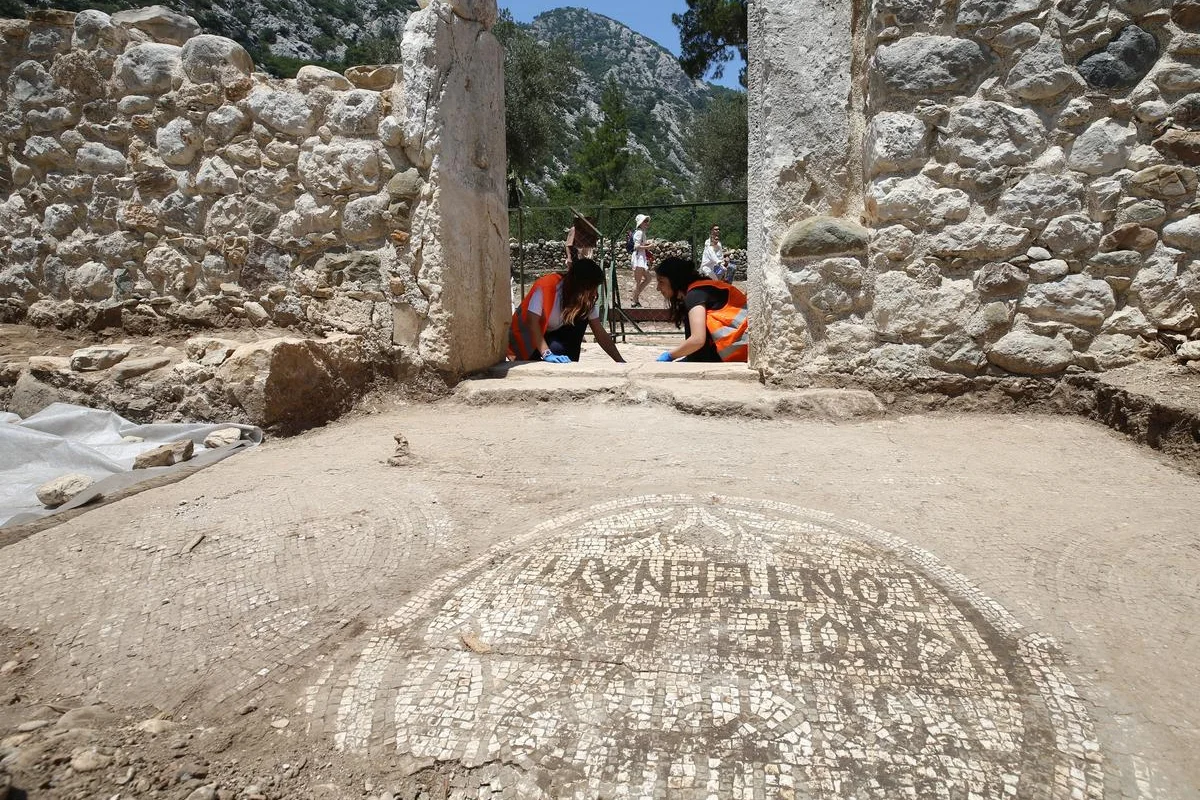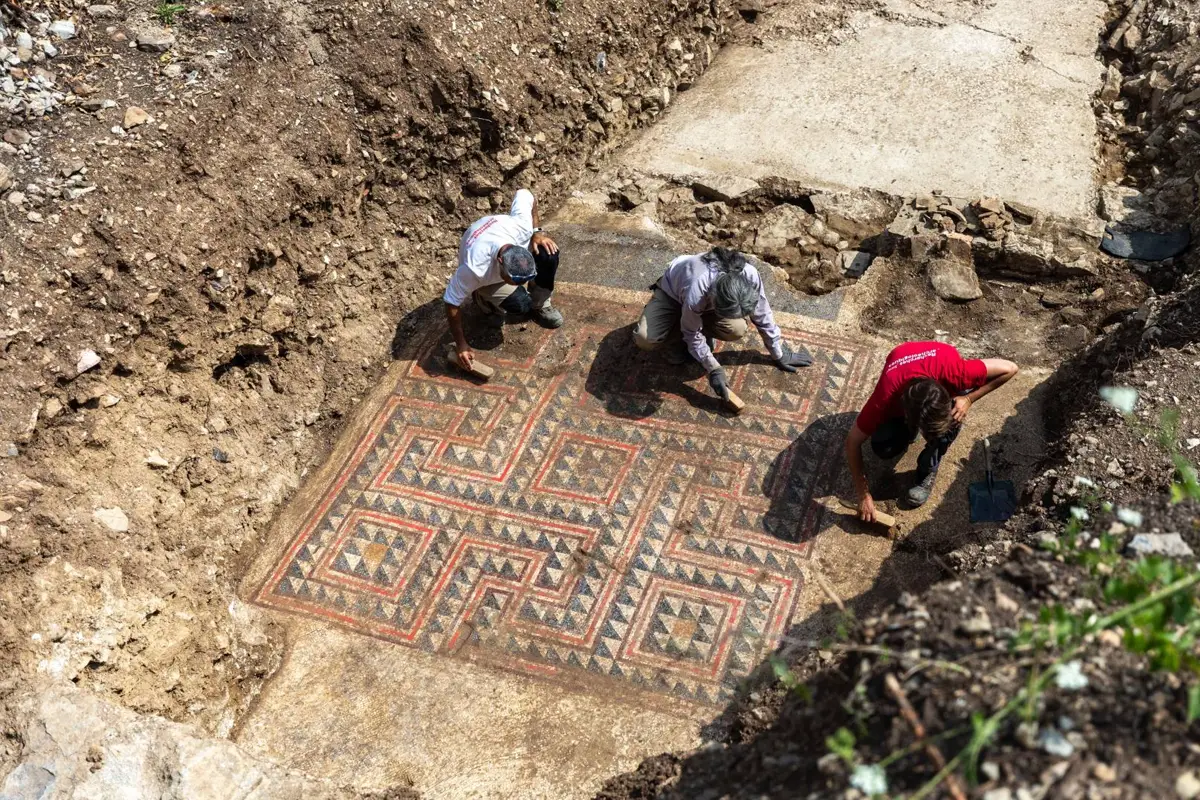In a recent development, researchers from the University of Cambridge have revealed a startling discovery about the medieval city of Oxford. According to their findings,
Oxford, known today as a hub of academia and intellectual pursuit, was once the murder capital of late medieval England.
The research, conducted as part of the Medieval Murder Maps project, sheds light on the city's dark and violent history. The Medieval Murder Maps project is a digital resource that meticulously maps out crime scenes based on translated investigations from 700-year-old coroners' inquests.
These documents provide valuable insights into historical crimes, offering a glimpse into the social dynamics and violence prevalent in medieval England.
The research team extended their mapping efforts to include Oxford and York, alongside their previous focus on London. Surprisingly, their findings revealed that Oxford's student population was the most lethally violent group in any of the three cities during the late medieval period. The per capita homicide rate in Oxford during this time was estimated to be four to five times higher than that of late medieval London or York.
This shocking revelation raises intriguing questions about what life was like in this renowned university city during the 14th century.
Professor Manuel Eisner, the lead investigator of the project and the director of Cambridge's Institute of Criminology, offered insights into the unique conditions that contributed to this violence.
He explained, "Oxford students were all male and typically aged between fourteen and twenty-one, the peak for violence and risk-taking.
These were young men freed from the tight controls of family, parish, or guild and thrust into an environment full of weapons, with ample access to alehouses and sex workers."
The absence of strict oversight and the presence of easily accessible weaponry created a volatile mix. Moreover, the existence of regional fraternities called 'nations' among the student body added another layer of tension and conflict within Oxford.
The newly launched website by Cambridge's Violence Research Centre allows users to compare the causes and patterns of urban violence in medieval England across the three cities.
Users can explore a new map of York's homicides during its 14th-century "golden age," revealing incidents ranging from feuds among artisans to deadly conflicts between various professions.
The research relies on coroners' rolls, which were catalogs of sudden or suspicious deaths investigated by local residents. These documents, often recorded in Latin, provide detailed accounts of the events, names, locations, and even the value of murder weapons.
Some cases even have audio versions of the inquests, offering a more immersive experience for users interested in the historical context. Dr. Stephanie Brown, a co-researcher on the project, highlighted the collaborative and somewhat speculative nature of these inquests.
"These reports were a combination of detective work and rumor. Some juries strategically constructed narratives aimed at influencing verdicts, such as self-defense," she noted.
By the early 14th century, Oxford had established itself as a major center of learning in Europe, with a population of around 7,000 inhabitants, including approximately 1,500 students.
Eisner and Brown estimated that the homicide rate in late medieval Oxford was shockingly high, ranging from 60 to 75 per 100,000 residents. To put this in perspective, it was roughly 50 times higher than current homicide rates in 21st-century English cities.
The historical records reveal disturbing incidents, such as a mass street brawl in 1298 that erupted among students, resulting in a fatal injury to one of them. Interactions with sex workers could also take a violent turn, as one scholar escaped punishment after murdering a woman in 1299.
Another incident involved a gang of students who killed a fellow student after he brought a woman to their school. The research also uncovers divisions among scholars from different regions of the British Isles.
Lodgings were often arranged based on students' home regions, leading to friction between northerners and southerners, as well as between the Irish, Welsh, and English. Despite the violence, there was a sense of responsibility among adults to maintain order in the community, often involving the intervention of bystanders.
"Life in medieval urban centers could be rough, but it was by no means lawless. The community understood their rights and used the law when conflicts emerged," Eisner emphasized.
The prevalence of weapons, particularly knives and swords, played a significant role in medieval violence. Knives, such as the thwytel, were omnipresent in society, and axes were common household items.
Even officials tasked with maintaining public order were not safe from violence, as demonstrated by the brutal attack on Richard Overhe, a preserver of the "King's peace."
In conclusion, the Medieval Murder Maps project has illuminated a dark chapter in Oxford's history, revealing a violent undercurrent beneath the city's scholarly reputation.
These findings provide a valuable glimpse into the dynamics of medieval life, reminding us that even in the pursuit of knowledge, violence can lurk in unexpected places.







